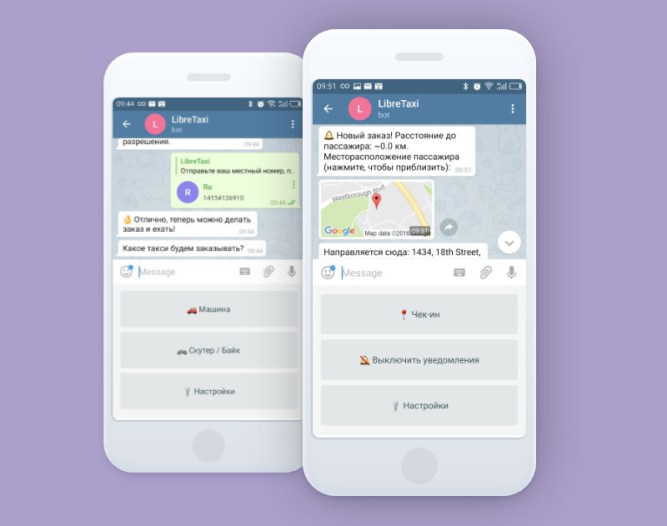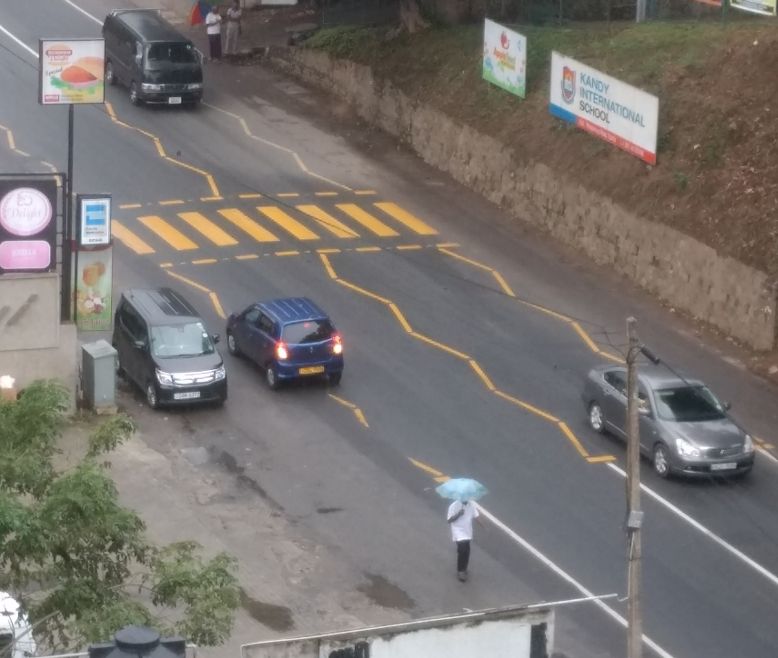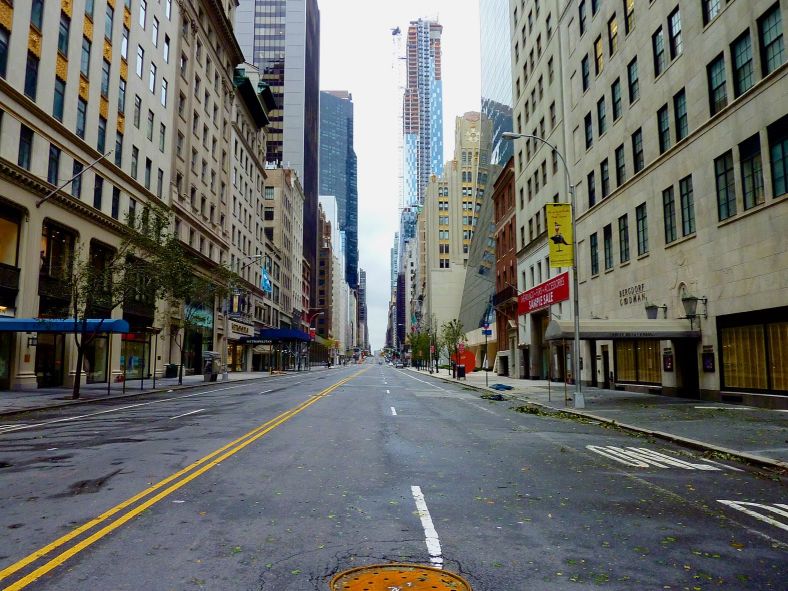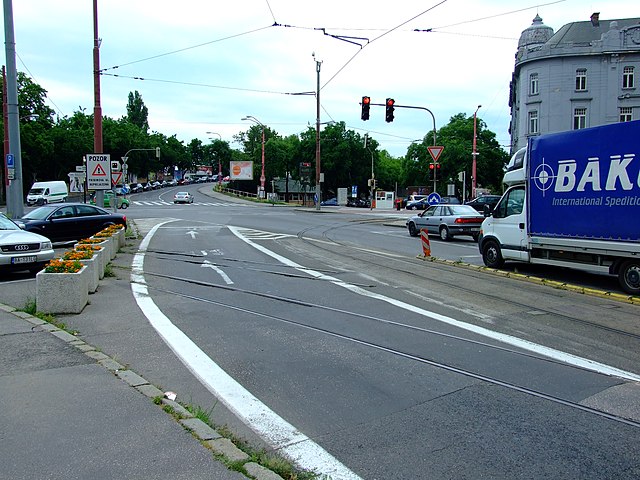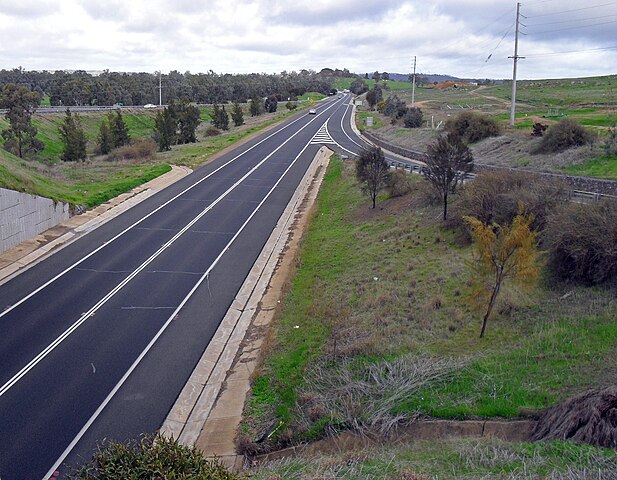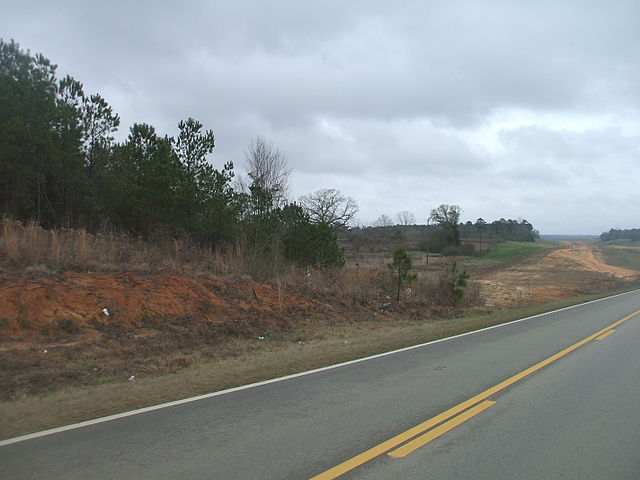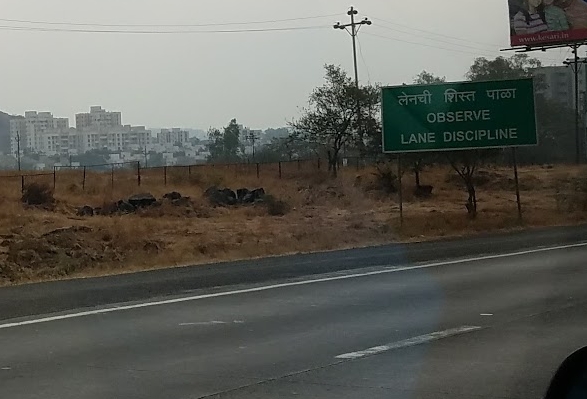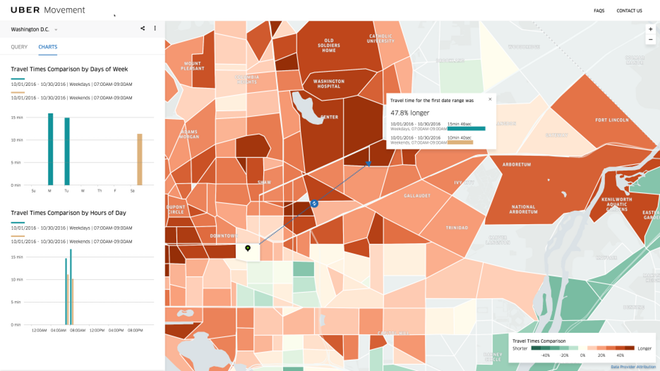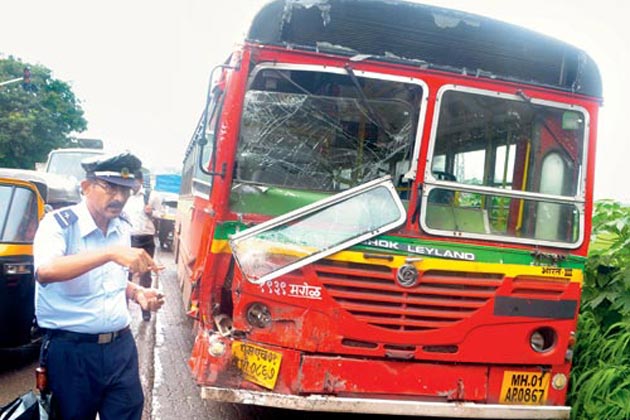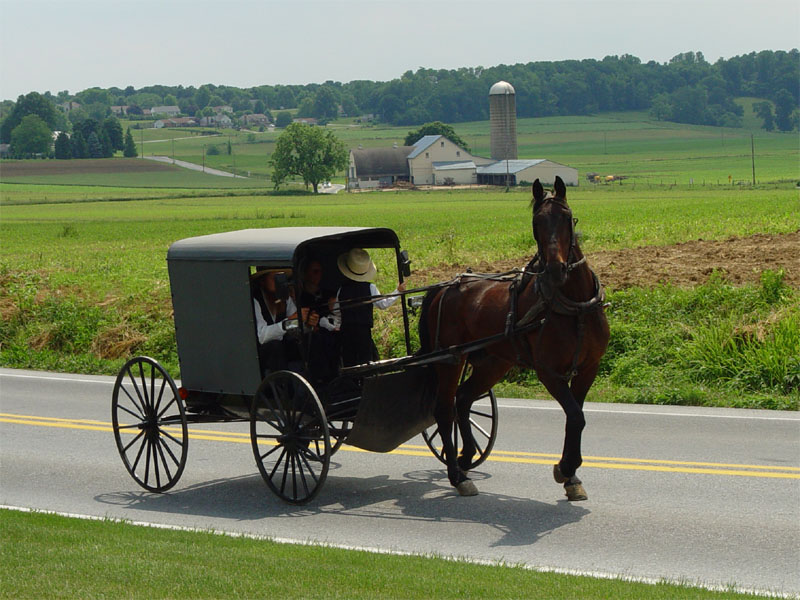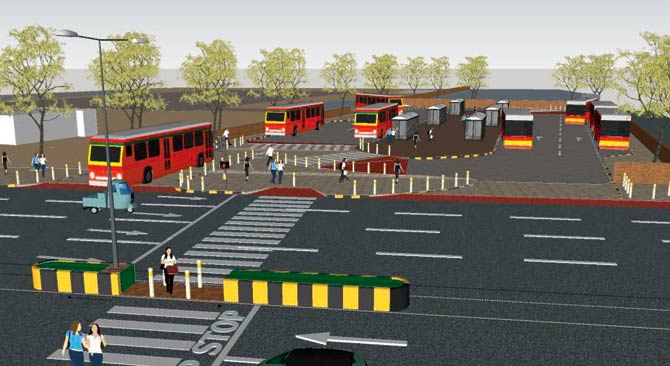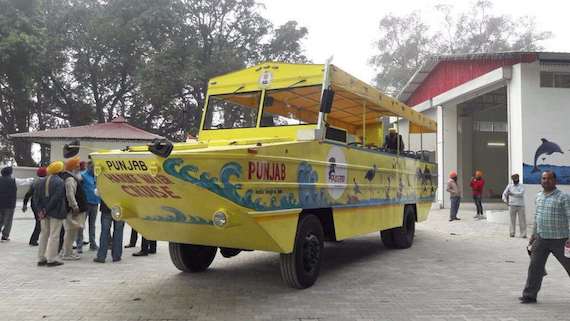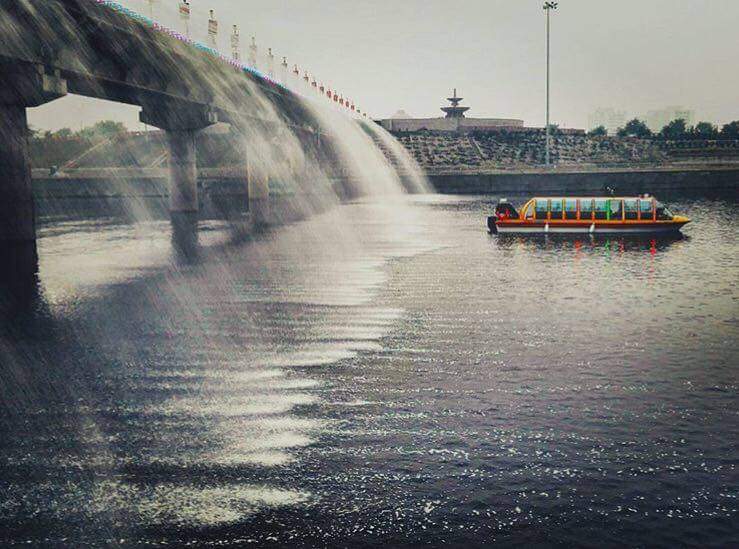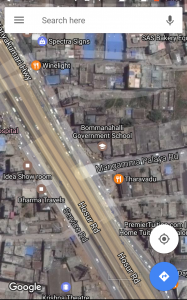I take on the baton of Blog Love from Ranjini.
I think it’s pretty clear now that I have come to love blogging, the ecosystem and my own blog. Why else would I be blogging if it weren’t for the fact that I love it? I’m not being compelled to blog or forced to blog, but rather, I do it because it’s something that comes from within.
I started blogging back in 2005 as a 13-year old student who had no clue about what to do in life. By that, I mean I wanted to be an engineer or a scientist but I still had no clue about what I wanted to do in order to achieve this. My blog back then was a very random blog, full of nonsense, some bits of “This-content-is-too-old-for-me” stuff, and what not. I sort of went into hibernation when I realised that I had to work hard and study.
In the midst of this working hard(ly) and studying, I ended up co-writing a humour post with my best friend Janvi titled Phases Of Study. It did what it had to do. Remind me of the time I used to write, and that I had a lot of opinions on practically everything around me.
Fast forward to two years ago. I needed a place to voice my opinions. Although I had been on Twitter since 2007, it didn’t seem to make the cut. Interning with a magazine that used WordPress made me think. I loved WordPress. I loved what it could do. It struck me: It’s now or never. Once I finish studies, a job in the media industry would never give me the time or freedom to write the way I wanted to. Thus, I started thinking, what should I blog about? I travel a lot, get bored, and then travel even more, I take the bus everywhere, even if I fly, I spend more time looking at buses at the airport than anything else. That’s it. My Eureka moment was on 3 July 2015 at around 7pm.
Blogging got me places, got me to BNLF, then an internship, then a chance to cover the CII Partnership as well as Make In India Week, and then my job. Today my boss asks me to write an article based on my experiences in transport, something that has expanded to other stuff, resulting in me writing on various topics from cashless transactions to even milk. For those who knew me in 2013; Who would have thought that a 21-year old guy who describe Toll Plazas in great detail would someday write about cows and milk? I didn’t. I certainly didn’t. I’m sure none of you reading this would have thought of it either.
But that’s how it is. Today, my blog, has turned me in a sort of expert on urban affairs, has got me published on a prestigious magazine that was mentored by none other than Rajaji who was one of India’s greatest thinkers, and has also resulted in several other economics based portals accepting my work. I’m just as surprised as you are, believe me.
But enough of me. My blog wouldn’t be my blog if it weren’t for the ecosystem. Not just readers, but other bloggers as well. I’ve been part of two BlogBuddy groups: Inking Pages and Write On, and believe me, while I may not say it, reading others’ opinions does wonders. It reminds me that there is a life beyond these four walls that I sometimes am confined to, or in case of a bus, four sides of the bus.
I love my blog. I love the ecosystem. I love everyone who has helped me become what I am today. Thank you all.
P.S: Thank you Richa. Atleast someone who understands my fascination with buses.
P.P.S: If you like what I write, please ping Janvi, and thank her. I owe a lot to her.
I pass on the baton of Blog Love to Roma.
![]()

